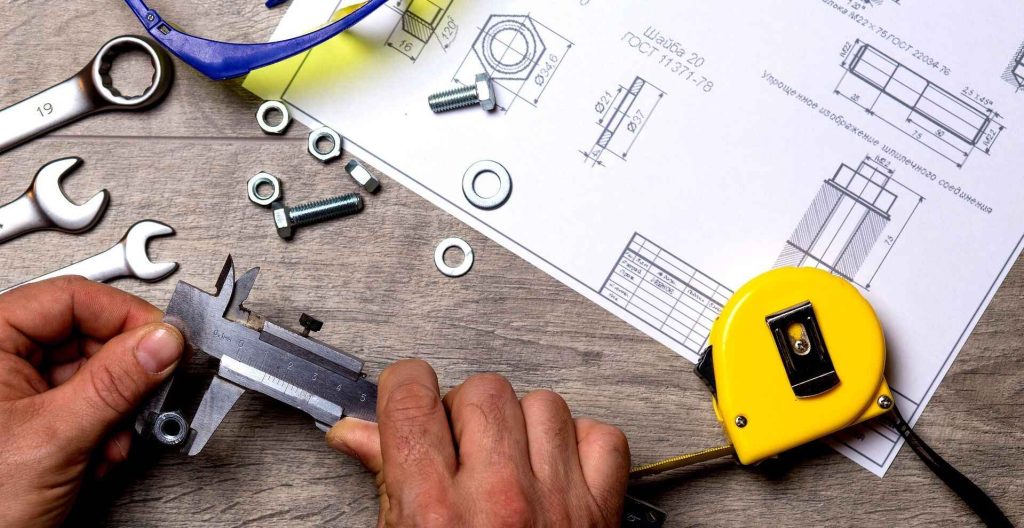In the tapestry of human achievement, few threads are as universally intertwined with progress as the quest for precision in measurement. On May 20, we celebrate World Metrology Day, a global nod to the science that keeps our world in sync. From the pyramids of Egypt to the Mars rovers, accurate measurement has been a cornerstone of innovation and discovery. But how did we arrive at this juncture where a day is dedicated to celebrating the science of measurement? It all traces back to the Metre Convention of 1875, a pivotal moment when nations came together to agree on a standardized system for measuring the world around us. This agreement laid the groundwork for the International System of Units (SI), ensuring that from Tokyo to Toronto, measurements remain consistent and reliable. World Metrology Day isn't just about looking back at these milestones; it's a forward-looking observance, highlighting the ongoing evolution of measurement and its critical role in addressing global challenges. From climate science to medicine, the precision and accuracy provided by modern metrology underpin virtually every field, making our daily lives and future endeavors more manageable and more miraculous.
Key Takeaway
Timeline
Day Activities
-
Interactive Workshops: Dive into hands-on workshops where participants get to unravel the mysteries of metrology. From understanding how everyday measurements affect our lives to exploring advanced technologies in measurement, these sessions are designed to spark curiosity and deepen knowledge about the science of measurement.
-
Educational Seminars: Engage in enlightening seminars led by experts in the field. Topics range from the history of the Metre Convention to the latest breakthroughs in measurement science. These talks aim to shed light on the critical role of accurate measurement in innovation, commerce, and environmental protection.
-
Public Demonstrations: Witness cutting-edge measurement technology in action through public demonstrations. These showcases allow folks to see firsthand the precision and importance of modern metrology tools. From calibrating instruments to measuring the minutest units, these demonstrations highlight the advancements that keep our world accurately in measure.
Interesting Facts
1. Global Celebration
World Metrology Day marks the global importance of measurement in everyday life, celebrated annually on May 20.
2. Historic Treaty
The day commemorates the 1875 signing of the Metre Convention, a key treaty for measurement standardization.
3. International Cooperation
Over 80 countries have joined the Metre Convention, showcasing international unity in measurement standards.
4. Evolution of Measurement
Measurement's significance dates back to ancient times, crucial for trade and construction, evolving significantly by the 19th century.
5. SI System Adoption
The Metre Convention led to the SI system, now the most used measurement system globally, ensuring accuracy and consistency.
Why We Love This Day
- Celebrating Global Unity in Measurement
Who knew that something as simple as measuring could bring countries together? World Metrology Day does just that, celebrating the Metre Convention's role in creating a global village of measurement. Back in 1875, 17 countries shook hands on this, and now over 80 are in on the deal. It's like a massive group project where everyone agrees on what a centimeter or a kilogram is, making sure that when you buy a liter of soda anywhere in the world, you're getting exactly that. It's a testament to how countries can work together for common good, making our lives simpler and more predictable.
- A Nod to History and Progress
Let's take a moment to appreciate how far we've come since the days when every place had its own way of measuring stuff. World Metrology Day isn't just about rulers and scales; it's a hat tip to centuries of human ingenuity. From the ancient civilizations that first recognized the need for standard units, to the 18th and 19th-century scientists who laid the groundwork for today's systems, this day is a celebration of progress. It's a reminder that, yes, we can agree on how to measure the world around us, and yes, it makes a huge difference in everything from trade to science.
- The Future of Measurement
On World Metrology Day, we're not just looking back; we're also peering into the future. As our world gets more complex, the science of measurement does too. This day shines a spotlight on the ongoing efforts to refine and advance measurement techniques. Think about it: from nanotechnology to space exploration, accurate measurement is the unsung hero. It's about ensuring that as we push the boundaries of what's possible, we're all speaking the same language of precision. So here's to the unsung heroes of measurement, making sure that as we reach for the stars, we know exactly how far we're stretching.
Past & Future Dates
| Month | Day | Year |
|---|---|---|
| MAY | 20 | 2022 |
| MAY | 20 | 2023 |
| MAY | 20 | 2024 |
| MAY | 20 | 2025 |
| MAY | 20 | 2026 |
| MAY | 20 | 2027 |
| MAY | 20 | 2028 |
FAQ
What is the theme of the Metrology Day?
The theme for World Metrology Day 2024 is 'Sustainability', which encourages us to explore how metrology contributes to improving our lives every day.
What is the World Day on 20 May 2024?
Welcome to the 2024 World Metrology Day Resource website. The theme for World Metrology Day 2024 is Sustainability. This year marks the official recognition by UNESCO of 20 May each year as a UNESCO International Day.
What is the theme of the WMD 2024?
The World Maritime Day 2024 will take place on 26 September 2024. This year's World Maritime Day theme is "Navigating the future: safety first!".
